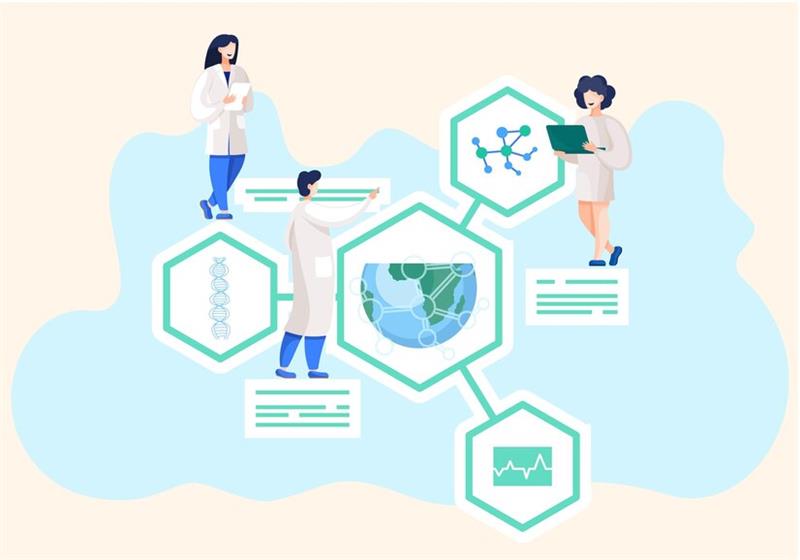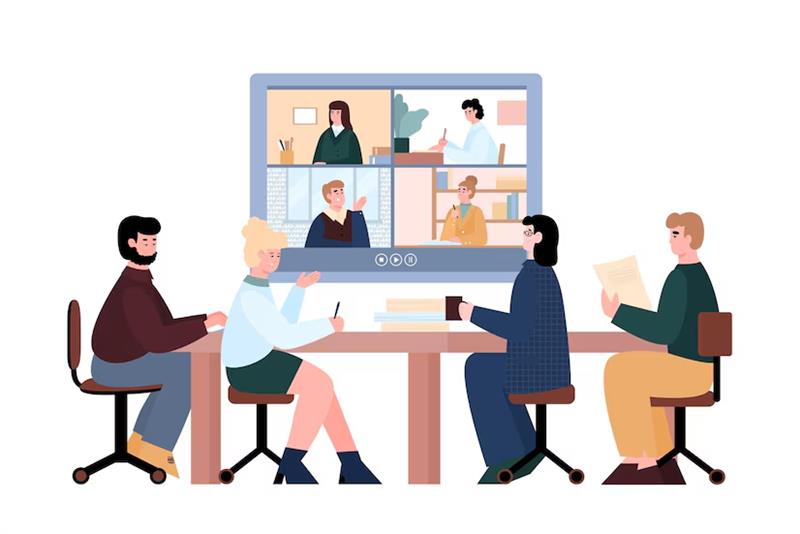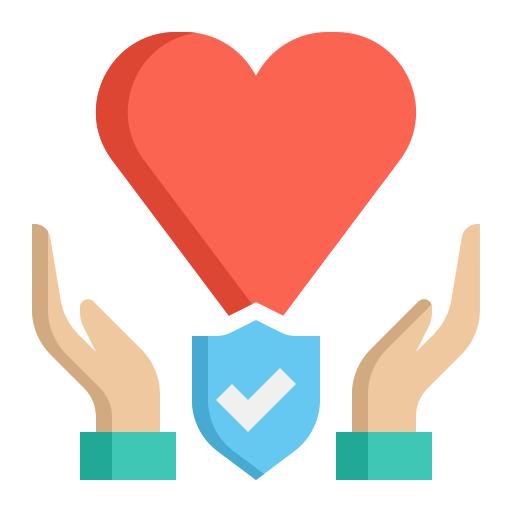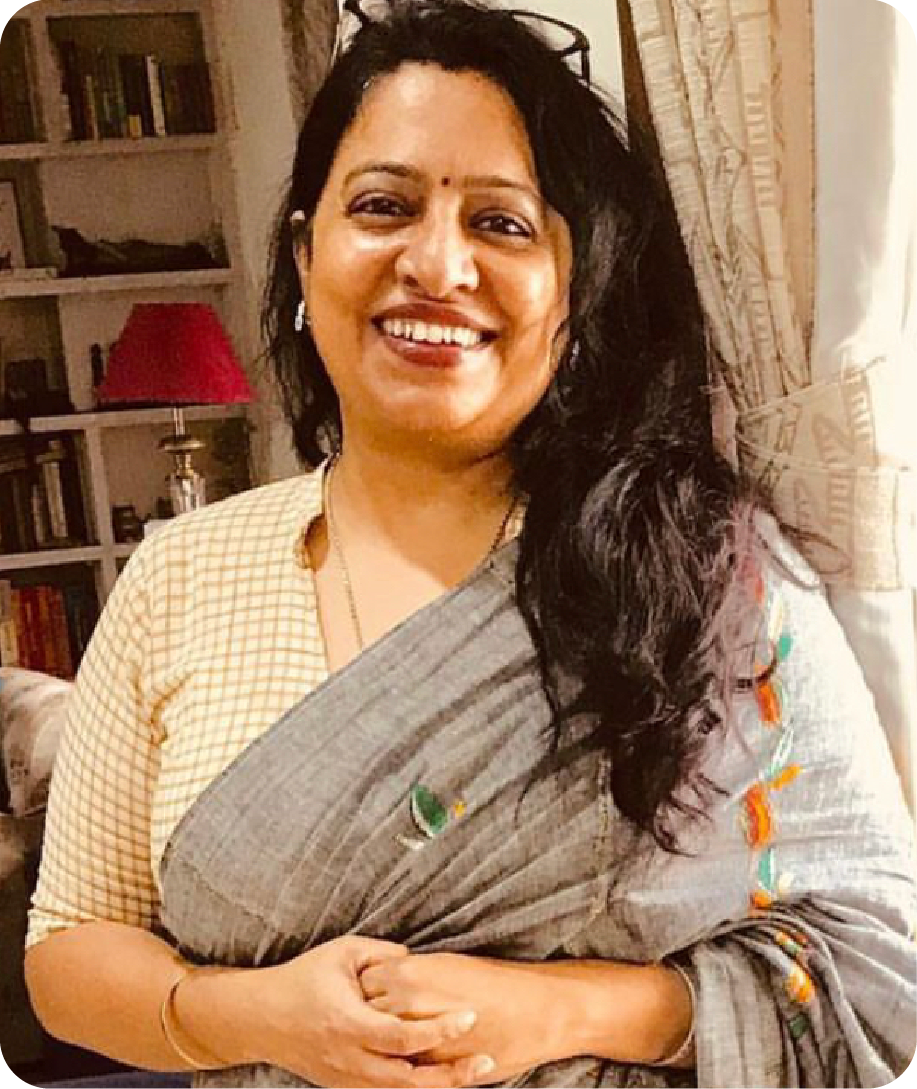“Not explaining science seems to me perverse. When you are in love you want to tell the world.” – Carl Sagan
From the corridors of laboratories, science has found its way to our mobile screens. Digital media and social apps have pulverized the boundaries between a published paper and the public. Today a scientist can communicate and share his progress with everyone on the planet irrespective of his background. During the pandemic, Twitter brought an evolution in the minds of people about research and science. Twitter allowed global communication between scientists on a scale never experienced before. The way to see progress in science has become a routine even for people who are not from a medical background. Social media changed the meaning and trends of scientific communication forever.
Unlearning the old rules
From Publish-or-Perish theory to Post-your-Publication concept, science has come a long way. Scientists and doctors are using common social media platform (Twitter, Instagram, LinkedIn, etc.) to blog and post about new advancements. Pharmaceutical companies are forming patient advocacy groups to engage more lay audiences and connect with them. These small changes have brought in the quintessential butterfly effect to the way documentation is done these days. New types of documents like Lay summaries, etc. are bringing in considerable shift in the paradigm of scientific publications.
A look over perks
Walking behind time is not a wise decision. The present is expecting direct communication with lay audience and scientists outside the field. The traditional methods of publishing and communication only target people related to the field but with social media at our fingertips, scientific communication can reach everywhere, be it a patient or a student, a medical writer or a businessman. A few of various advantages of choosing social media:
- Boosting professional profiles
- Making science accessible
- Rise in NSF Fundings
- Educating patients and young doctors
- Reaching the audience across the globe
- Higher citations in coming years
- Communicating and connecting can help in the development of medications and treatment.
- Networking and marketing
- If misinformed people are there spreading incomplete knowledge, then authorized documents must be there to correct the wrong guidelines.
Checklist before sharing on social media
Medical content is something that people trust and apply in their daily life, like dosage of a particular drug, mode of action, side effects, etc. Something that seems obvious to you can be a fact for your audience. So, put your words in right frame.
Here are some tips to improve your draft:
- Address real-life issues which can change the behavior of readers like smoking, dietary habits, etc. Use standard details and facts.
- Plan according to your goals and targets; be sure of what you expect out of it, like media coverage, collaboration, feedback, visibility for your research, or citations for your papers.
- Make your audience feel like part of your research. Tell stories and use fiction to spread your message.
- Keep yourself aware of how scientific communication will be interpreted by others and the media.
- Presentation and design – the question and answers format can usually not go wrong and make sure that language is clear and comprehendible to a layman.
- Images and graphs can create the big picture in front of an audience. So, provide visuals using graphics and statistics.
- Convert results and conclusions of research in pdfs for better understanding.
- The power in your words depends upon the trust of your readers. Use it wisely and with ethical standards.
- Spark the curiosity in the audience by talking about the scientific process. Talk about the conclusion, future and answers the questions occurring in your reader’s mind.
- Don’t use jargon and scientific terminologies. If you are using one, then explain it properly in clear terms. Abbreviations and acronyms will not make sense to a broader audience.
With more people getting involved in the progress of research and healthcare, scientific communication is becoming an influential part. The revolution in the publication field has arrived and the way to connect with people is changing with a distance of a click. Scientific communication and publishing make science an important section of society. To protect the thread of trust between people and the research world, the rules and guidelines are also expanding. To learn more about the new documents and guidelines visit https://turacoz.com/Scientific-Writing-Course/ Tell the world about all your discoveries and learnings because there are millions of science geeks waiting to read and learn.






































